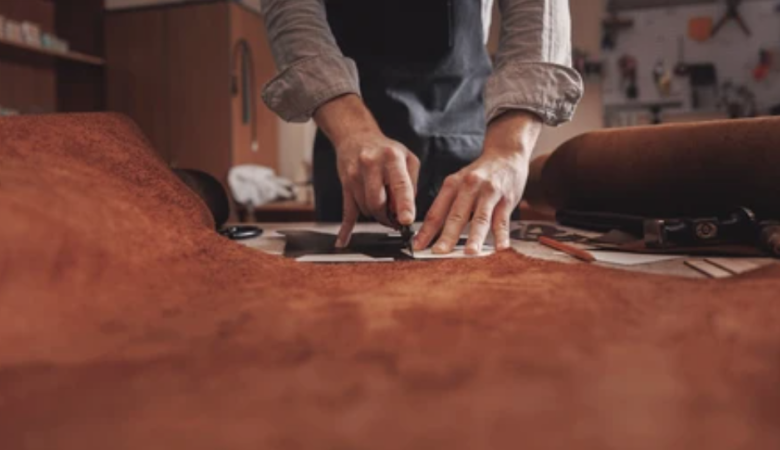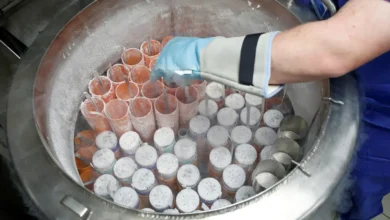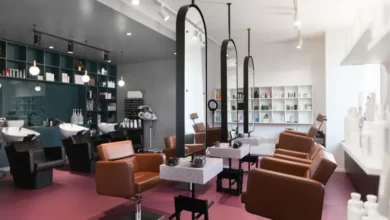Saudi woman preserves tanned leather 150-year-old

A Saudi woman has made a resolute decision to preserve a piece of tanned leather with a rich history. This individual, residing in the scenic landscapes of Al Hashr, declined a substantial offer of 50,000 Saudi riyals, staunchly asserting that the leather, which once served as a protective barrier for houses against rain and sun, holds an immeasurable value to her.
Satarah Al Harisi, shared intricate details about the significance of the leather piece . According to her, this particular item stands as a testament to the past, categorized among the old and cherished pieces that she diligently safeguards.
With an estimated age of approximately 150 years, this leather served a vital role in shielding ancestral homes from the elements.
Al Harisi elaborated on the craftsmanship of these leather pieces, known as “Al Nita,” revealing that they are meticulously fashioned from sheepskin intricately woven together.
Women, employing a unique technique, shape them into either circular or square forms by strategically placing small leather pieces until achieving a balanced and uniform composition. She emphasized, “Because they have great importance, I keep them.”
Detailing the structure of the piece in question, Al Harisi highlighted its composition of 28 sheepskin pieces without edges, each crafted from smaller leather segments.
Women meticulously arrange these pieces to ensure balance and harmony, referring to them as “spikes,” with each spike consisting of 6 pieces, each serving a distinct purpose in the manufacturing process.
Despite being offered a substantial sum of fifty thousand riyals to sell this cherished artifact during her participation in an international exhibition in Riyadh, Al Harisi stood firm in her decision to retain it.
For her, this leather piece holds a value beyond monetary considerations – it represents a repository of experiences passed down through generations. Inherited from her mother, who, in turn, inherited it from her grandmother.










